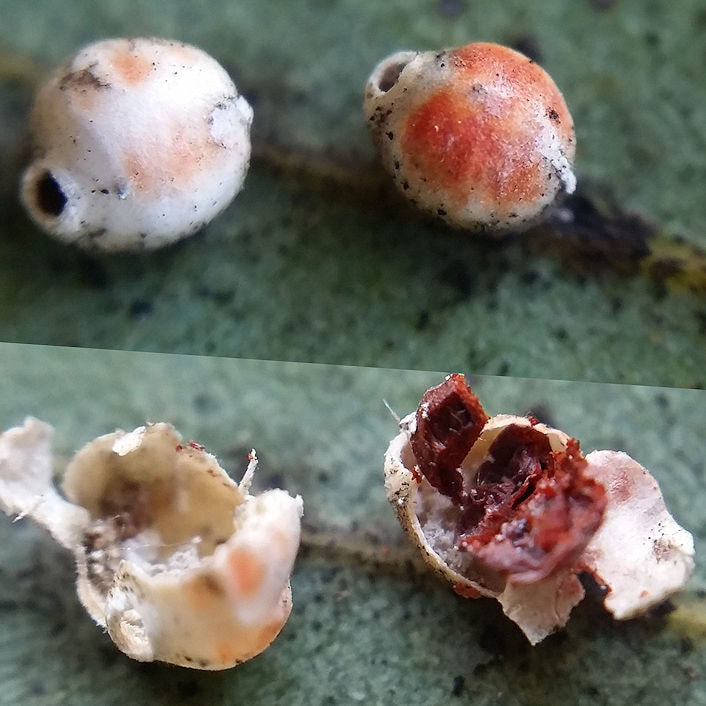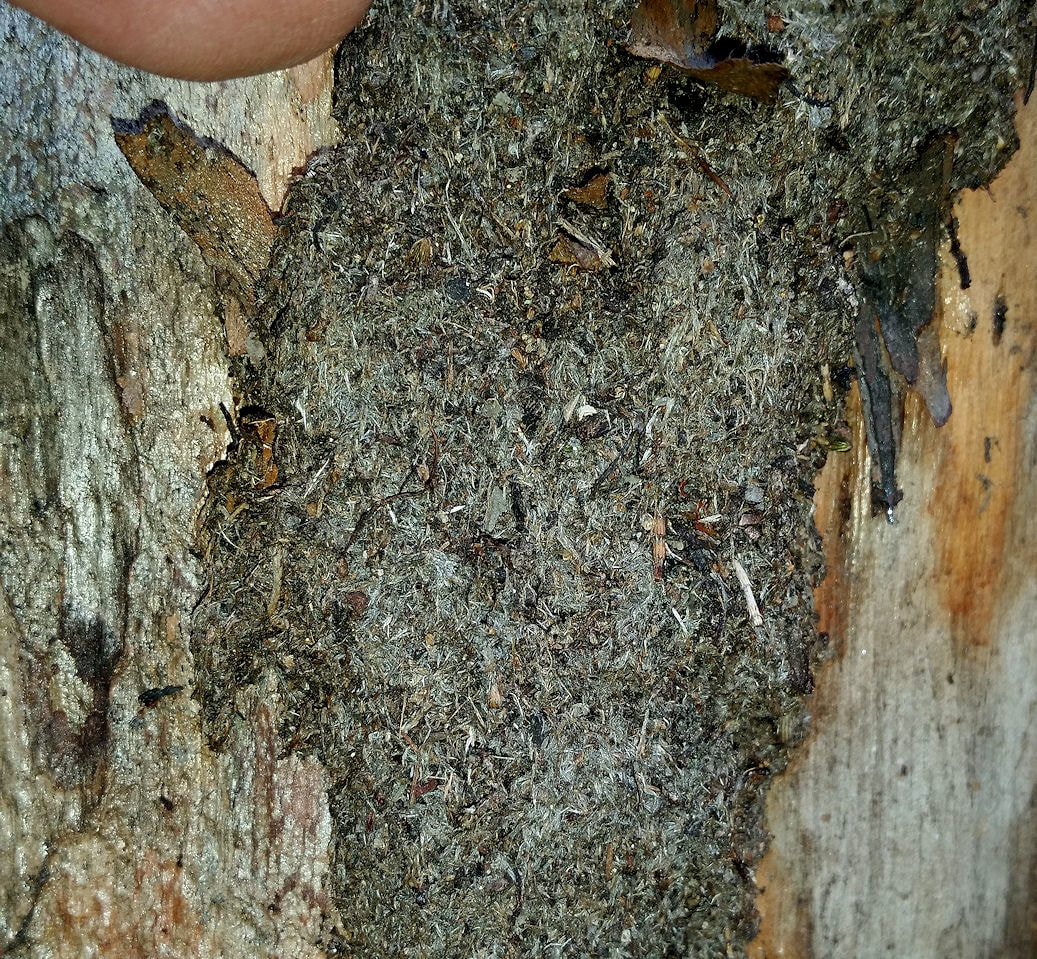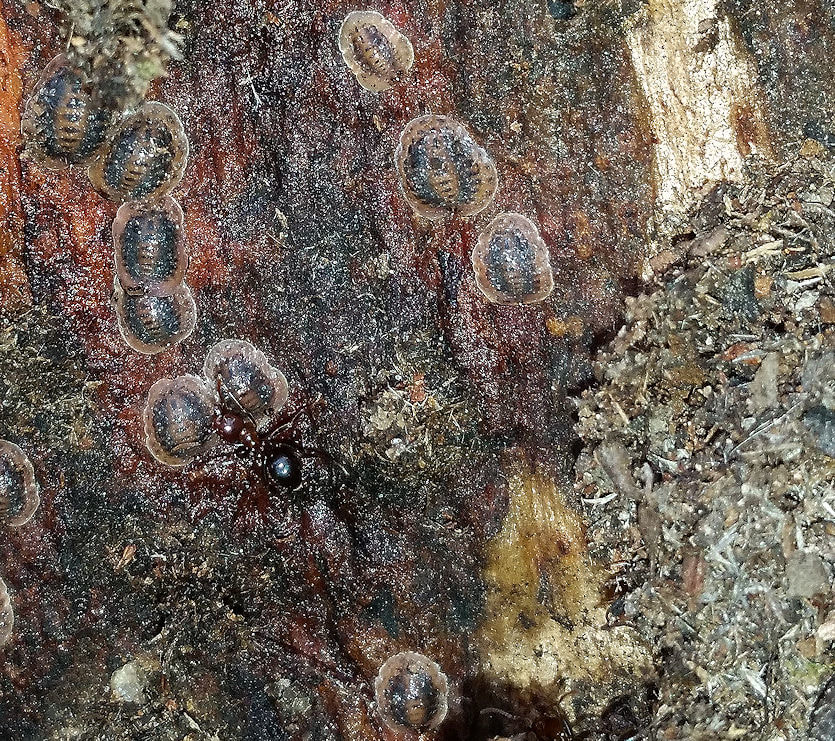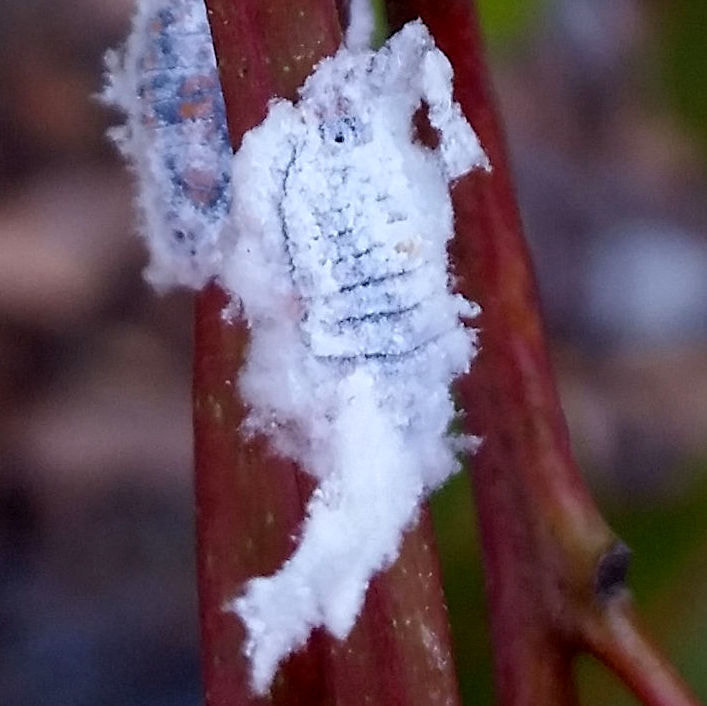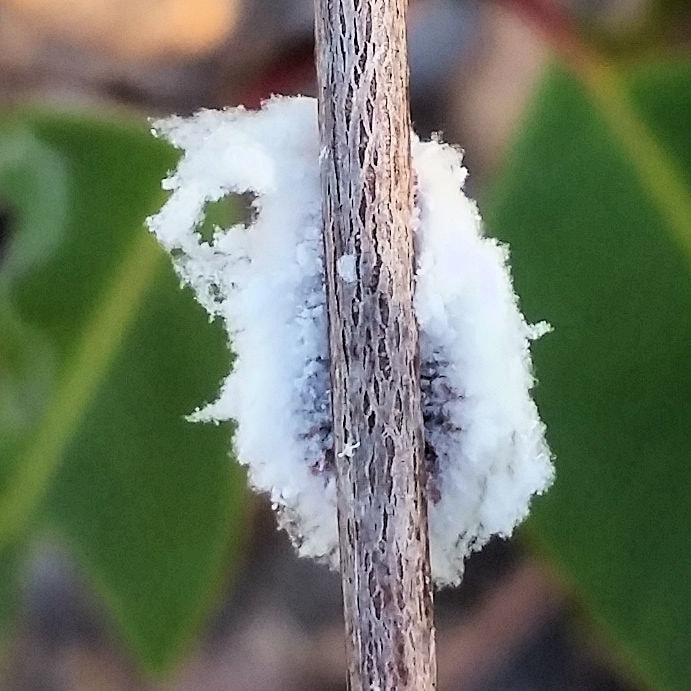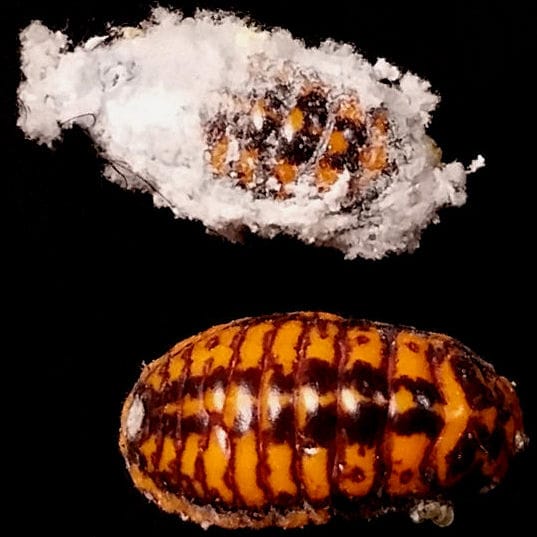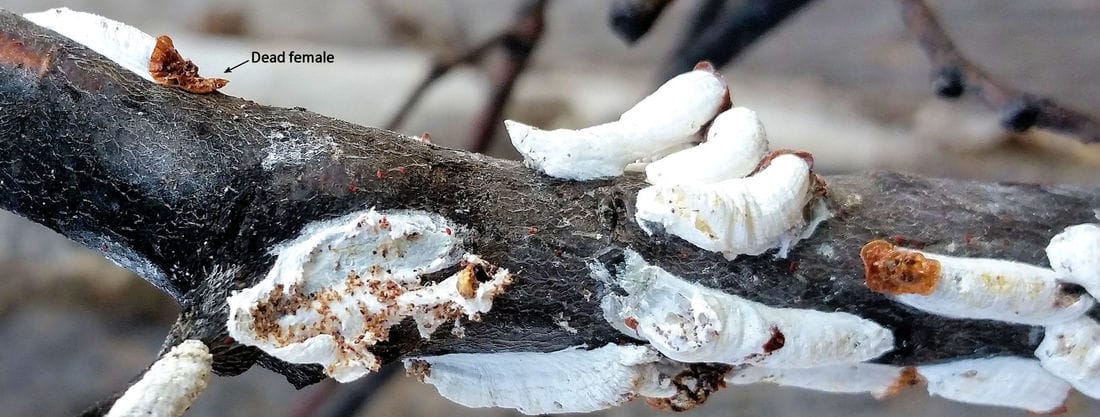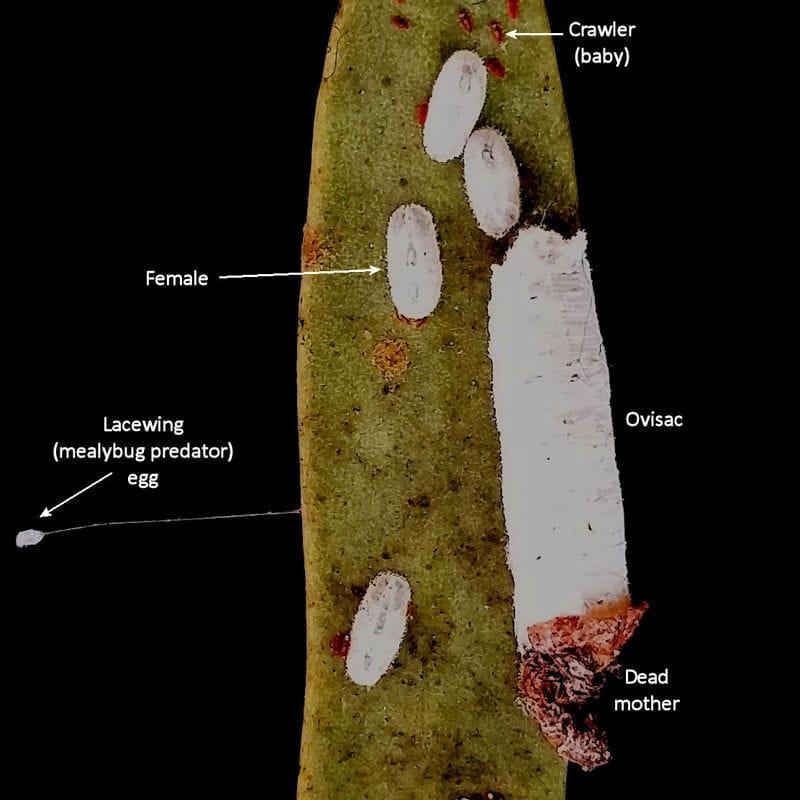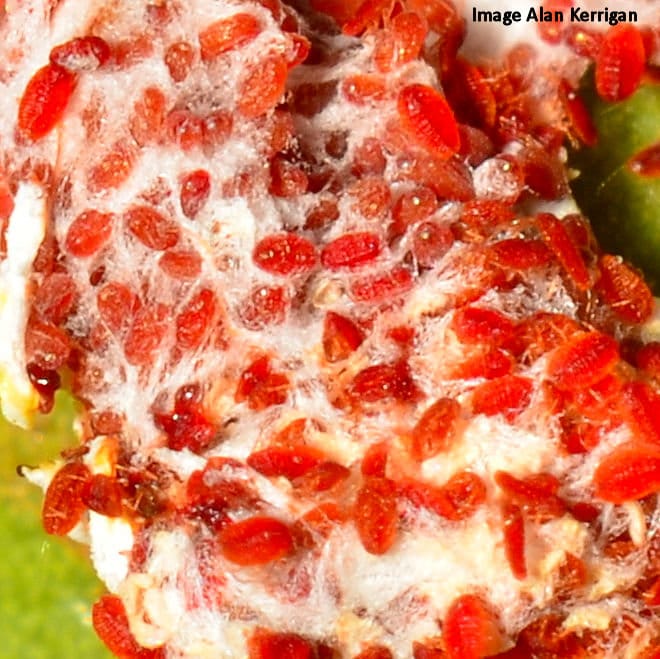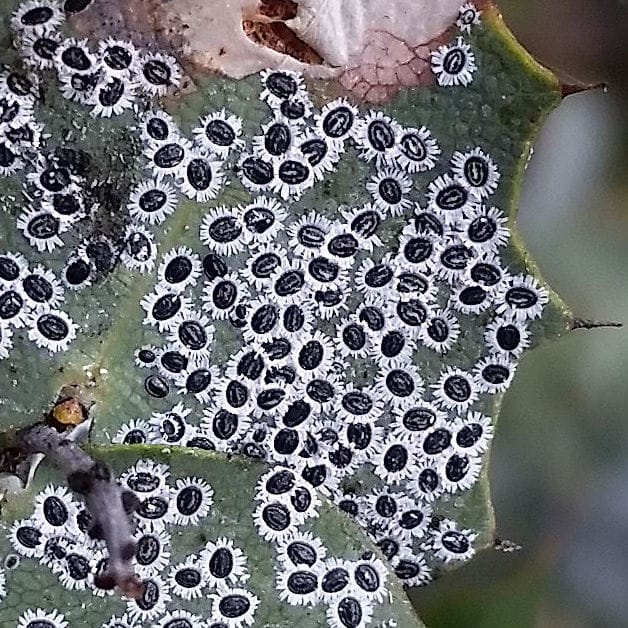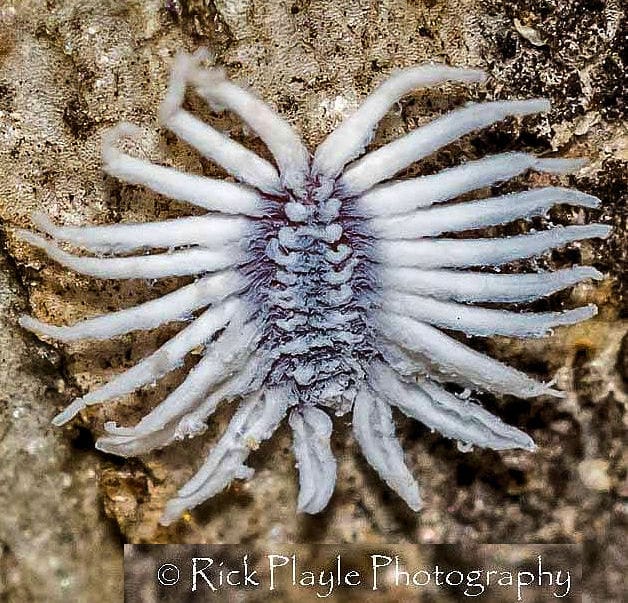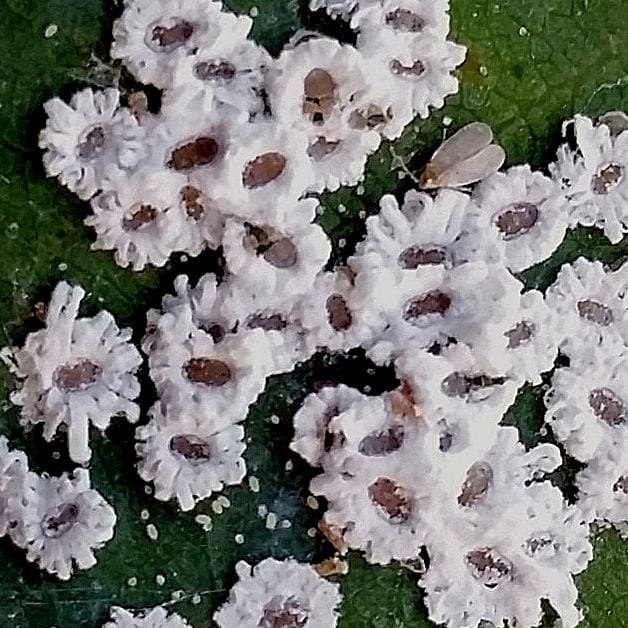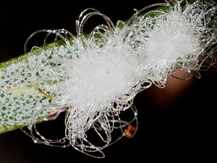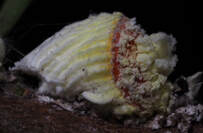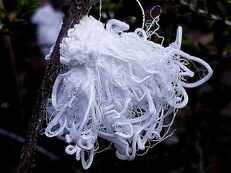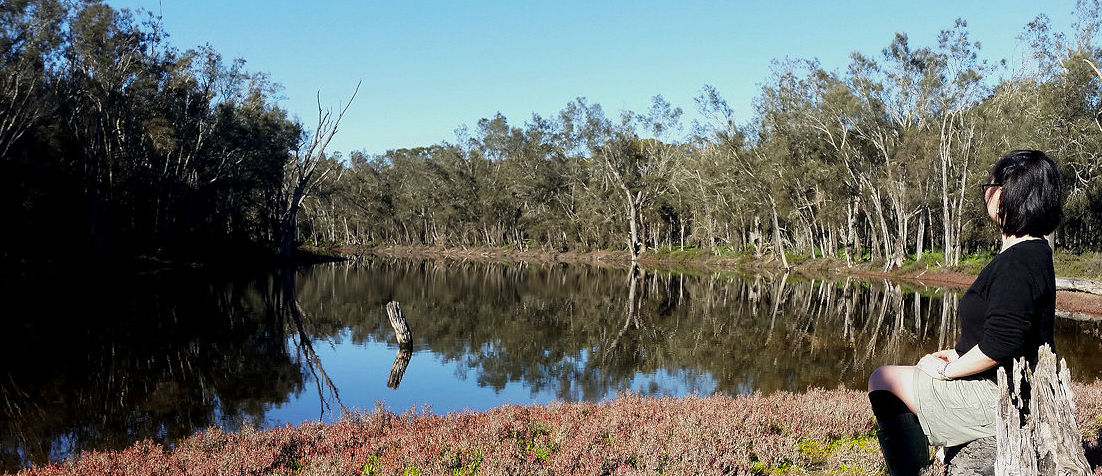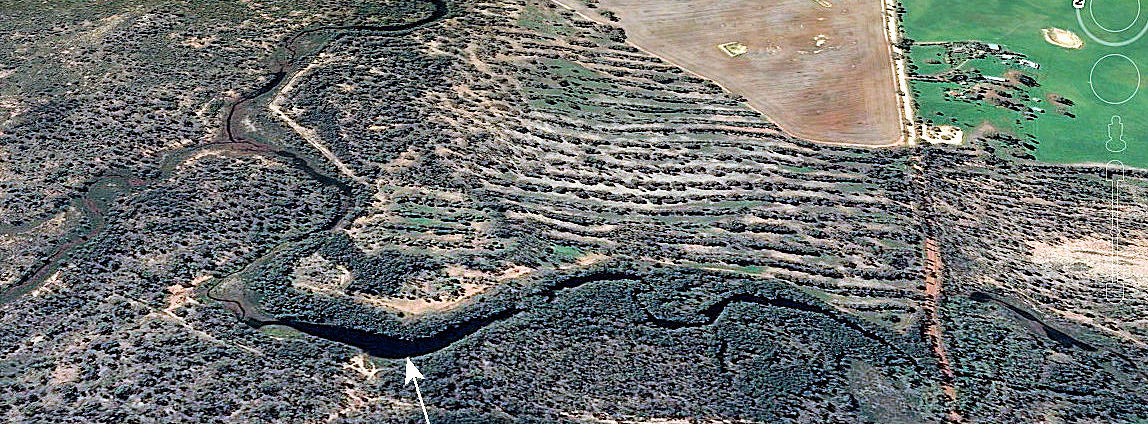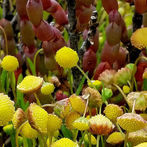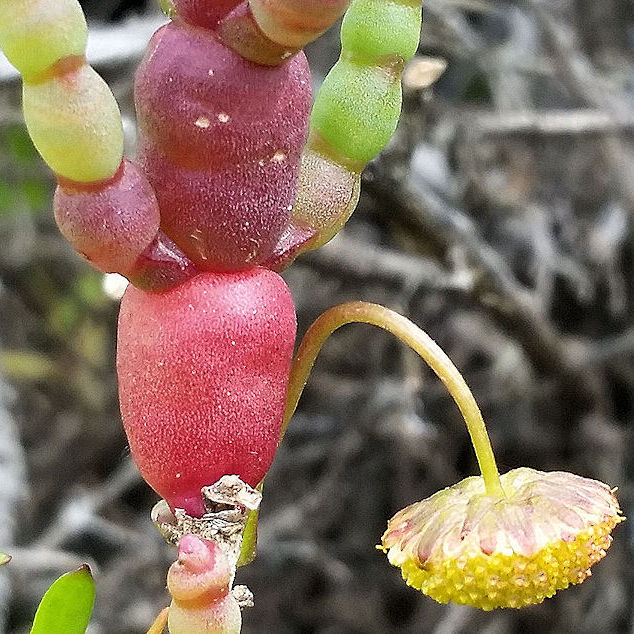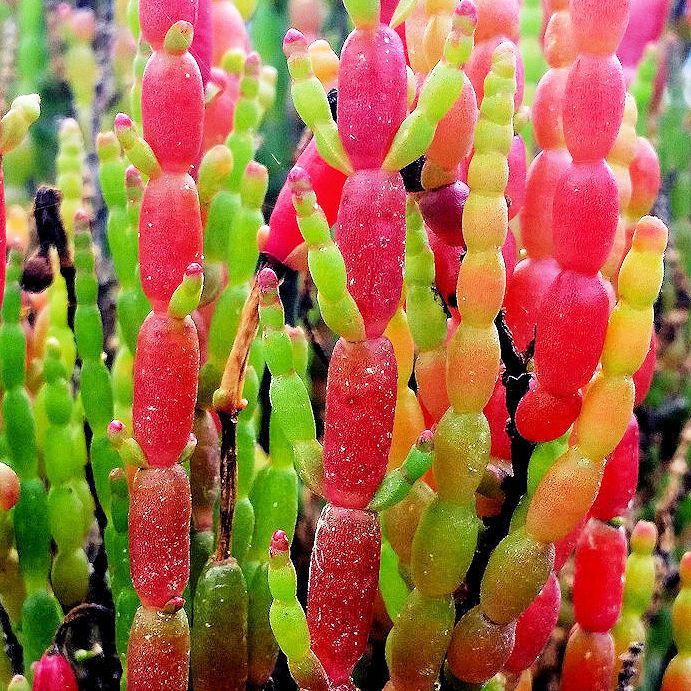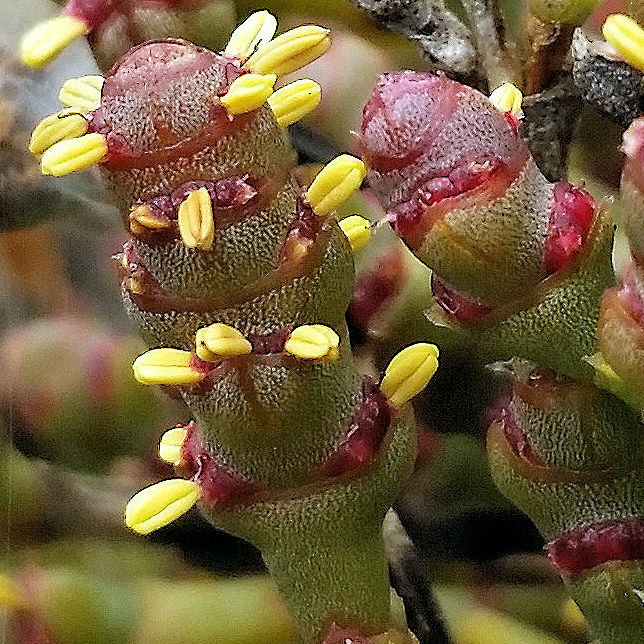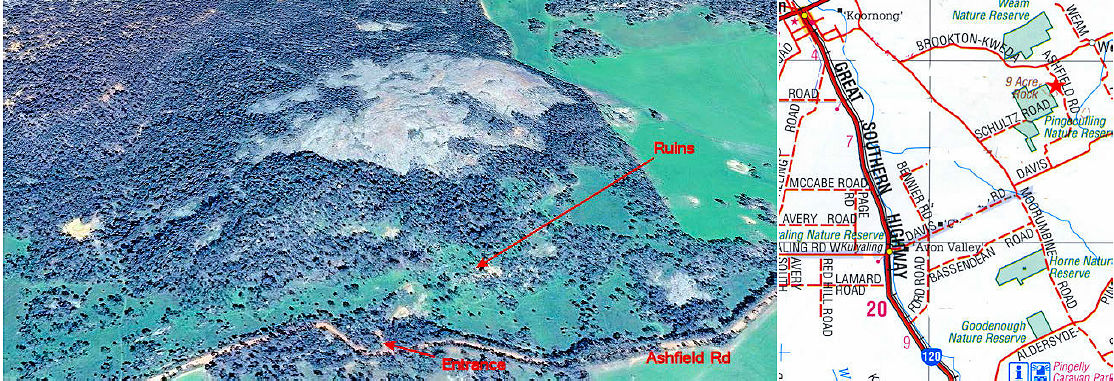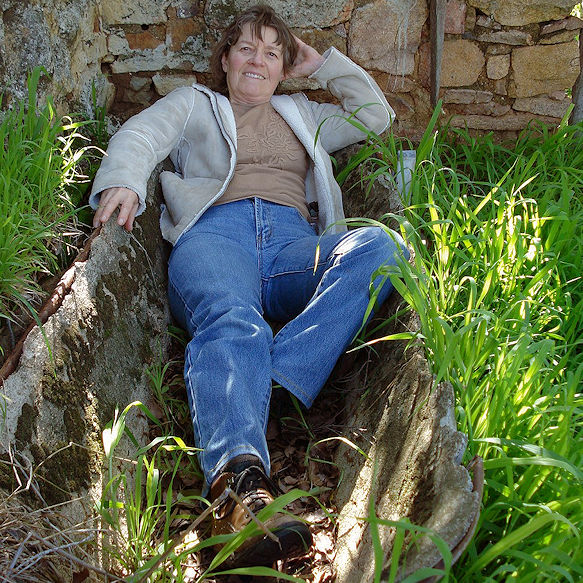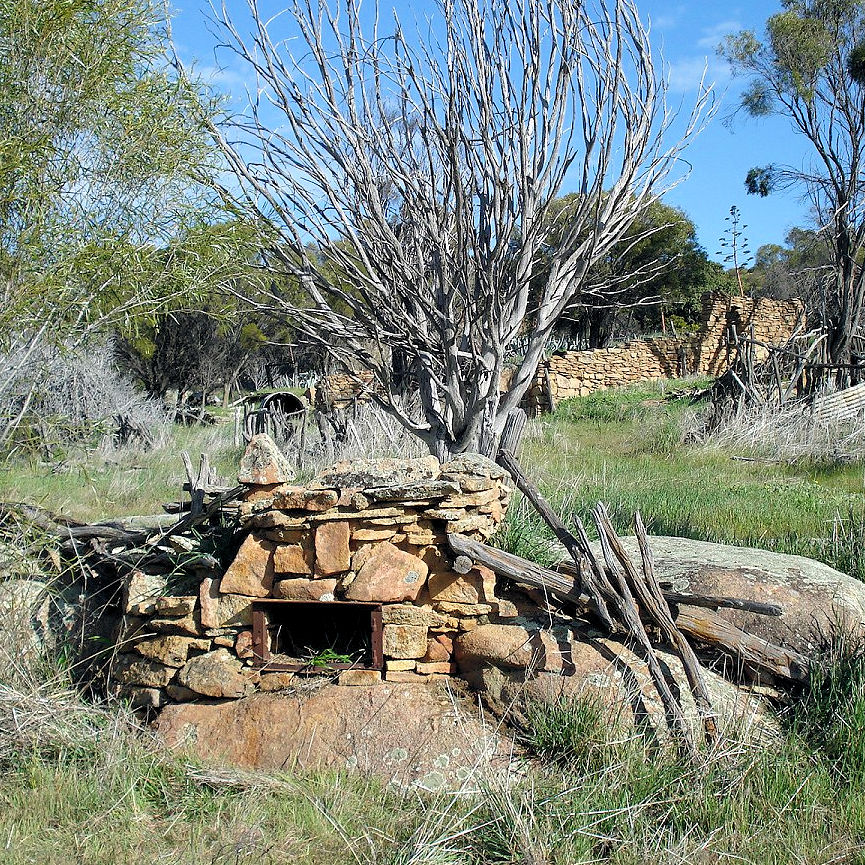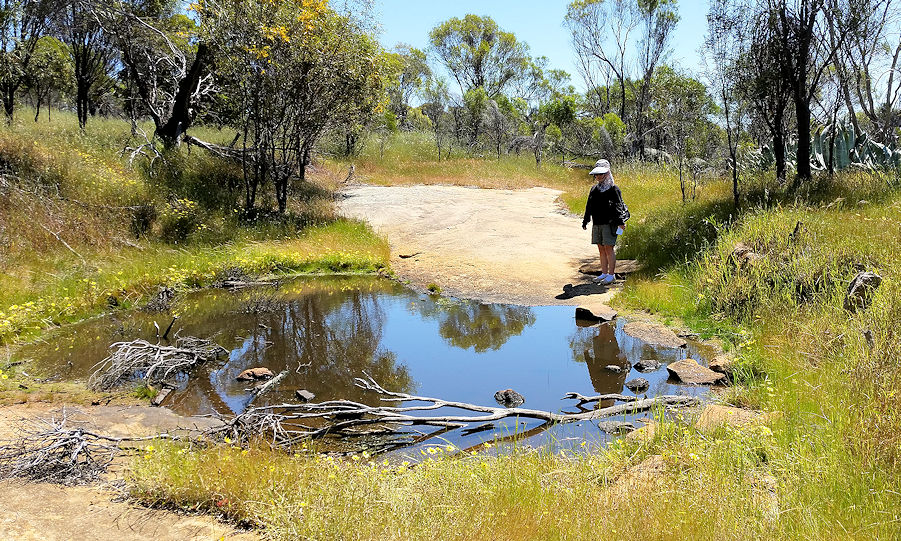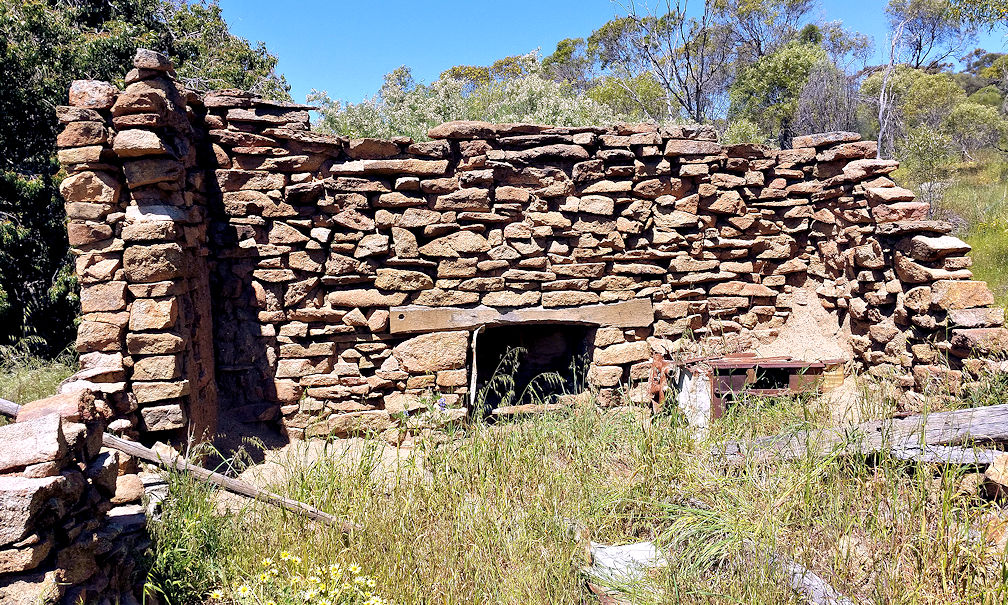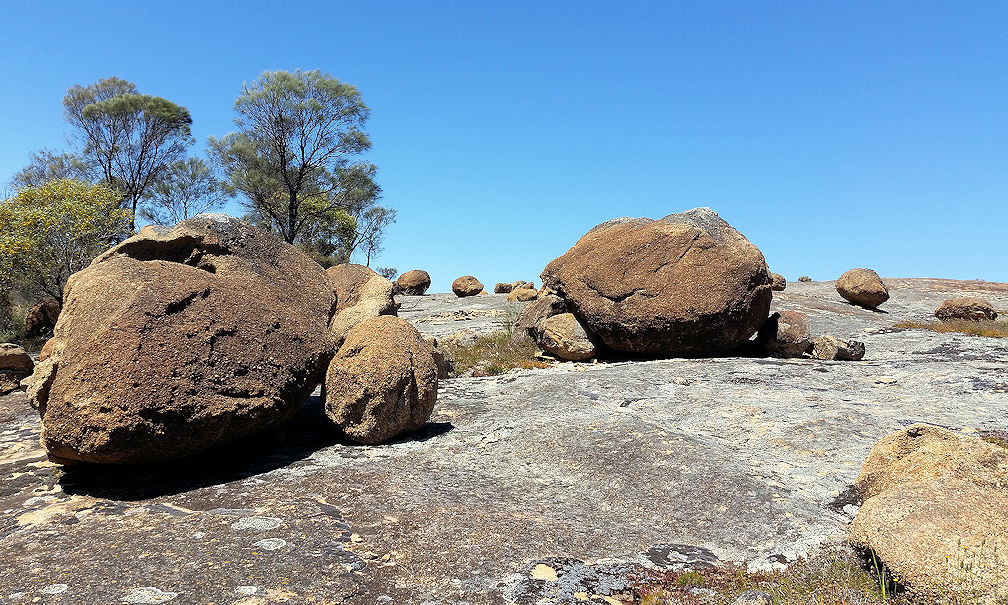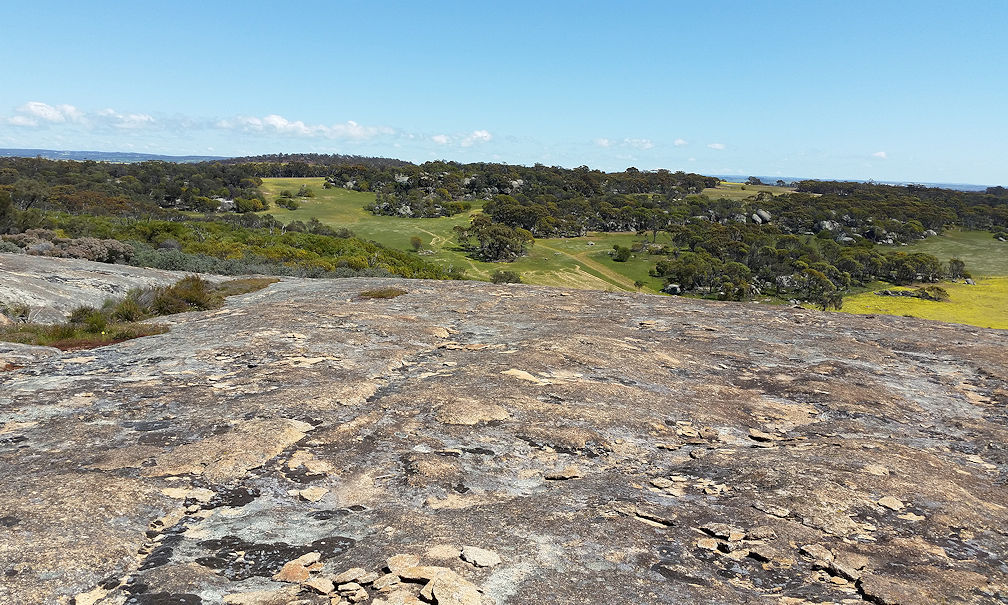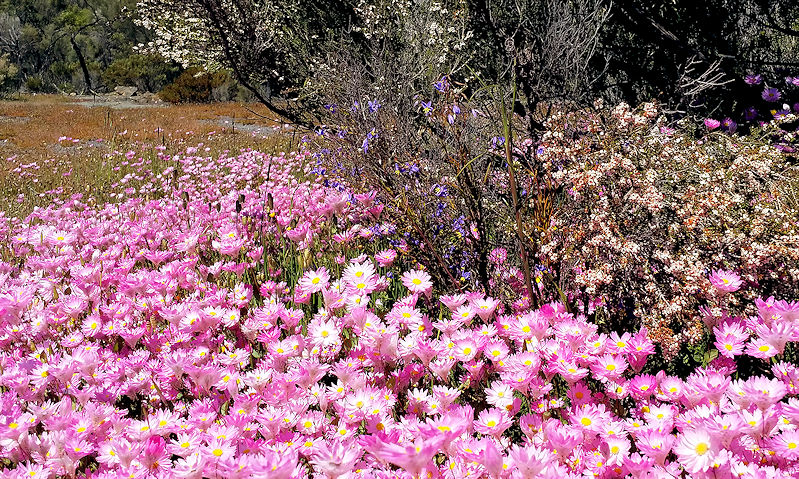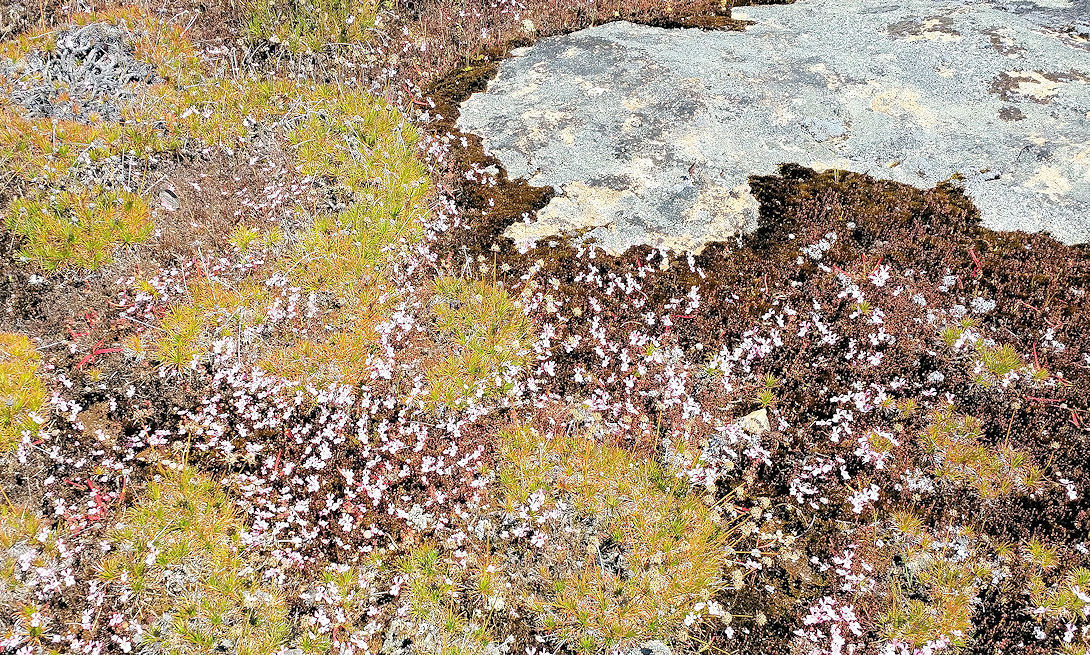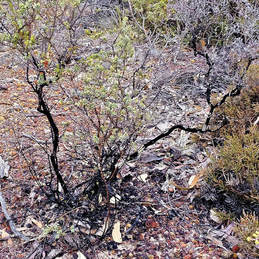 Severely sooty mould affected plant
Severely sooty mould affected plant I am amazed at how little I know about the natural world when I delve into what I often think is a simple subject
Like many people, I thought that mealybugs are powdery and scales waxy and didn't know much about psyllids at all. Not so!
Psyllids are commonly seen in lerps (oyster shaped shell of dried honeydew) and in galls. When exposed, the adult females look like a tiny wingless cicada.
Mealybugs and scales are sucking insects (like aphids) that secrete a layer on their body to protect themselves and are immobile or slow moving. They are all slow moving or stationary sucking insects, that excrete honey dew from their anus. Ants attracted to the honeydew harvest this and protect them from predators. (This brings a whole new aspect to the saying "kiss my __" enough said). Excess honeydew secretions that drip down the branch are used by moulds to create a black sooty stain that can be seen on the stem and the ground below the shrub.
What we see on plants are almost all female. The adult male looks like a tiny wasp and only exists to mate. I have met some humans like that but they eat, and also live much longer. Some scales have dispensed with males entirely and produce clones of themselves (parthogenesis). Some reproduce via eggs, others by live birth, to produce mobile young called crawlers. Once it finds a nice spot a crawler develops a coat or 'shell', and some dispense with legs and antennae.
There are few easy rules of thumb to distinguish between them. This article may help.
Mealybugs are flat, oval in shape, and have a powdery coat. They prefer moist warm conditions and are not found in the wheatbelt, where we only find scales.
Scales are very diverse. A few form galls on eucalypts, some look like mealy bugs, some look like "typical" waxy scales, but many have a cottony exterior and strange shapes. Here are three categories:-
The images below is an unusual scale that sucks mallet bark and is protected by ants that build a glued litter cover to protect them from predators. See this blog.

